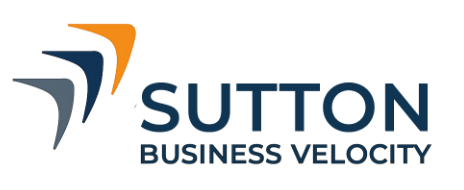When organizations design or refresh a rewards program, the stakes are high. These programs influence hiring, retention, motivation, and employee satisfaction. Yet, many companies still rely on large-scale rollouts that can take months or years before any meaningful feedback is gathered. By borrowing principles from agile approaches, organizations can reduce risk, gather insights earlier, and create reward strategies that reflect what employees actually value.
Why Pilot Testing Rewards Programs Matters
Launching a rewards program without pilot testing can feel like throwing resources into the unknown. Companies often assume they understand employee preferences based on surveys or benchmarking, only to find that uptake is low or costs escalate beyond projections. A pilot test changes the equation by creating a controlled environment where assumptions are tested against reality.
This step allows organizations to:
- Validate whether proposed benefits or compensation structures meet employee expectations.
- Adjust policies based on real-world feedback rather than theoretical models.
In essence, pilot testing brings evidence into the process. Instead of waiting until a full-scale launch exposes flaws, organizations can identify issues early and course-correct before momentum is lost.
The Agile Advantage
Agile approaches emphasize flexibility, iteration, and responsiveness. Applied to rewards design, agile encourages shorter cycles of planning, execution, and feedback, rather than rigid multi-year strategies. By treating rewards as living systems rather than static frameworks, companies can adapt more quickly to evolving workforce needs.
For example, rather than committing to an entirely new health benefit plan across thousands of employees, a company might pilot the option with one department. Feedback from that smaller group helps refine communication, eligibility, or administration processes before scaling up. This reduces disruption and builds confidence in the program.
Agile also fosters collaboration. Just as software teams hold sprint reviews, HR and business leaders can check in regularly on the pilot’s progress, sharing what works and what doesn’t. These conversations help align stakeholders around outcomes instead of rigid adherence to the original plan.
What Companies Can Learn Through Pilots
Pilot testing rewards programs provides lessons that extend far beyond the initiative itself. Three stand out in particular:
Employee Voice is Critical
Surveys are useful, but lived experience tells a richer story. A pilot test reveals how employees actually interact with a new rewards feature, whether it’s a flexible work policy, recognition platform, or wellness stipend. Sometimes the issue isn’t the benefit itself but how it’s communicated or accessed.
Small Failures Save Large Costs
Discovering flaws in a pilot may feel uncomfortable, but those insights protect the company from more expensive missteps later. It’s far easier to adjust within a small group than after a company-wide rollout.
Programs Must Evolve With the Workforce
A pilot can highlight generational differences, departmental variations, or even geographic preferences. These insights enable organizations to design rewards with flexibility built in, so the program grows alongside workforce expectations.
Moving From Pilot to Scale
The end goal of a pilot isn’t a polished program; it’s informed decision-making. Once data is gathered, leaders should assess what worked, what needs refinement, and whether scaling is appropriate. Sometimes a pilot confirms readiness for broader adoption. Other times, it highlights that the program needs substantial redesign. Both outcomes are valuable because they prevent wasted resources and create programs with stronger employee alignment.
Pilots also build credibility. When employees see that their feedback shapes the final program, trust increases. This transparency fosters higher engagement and signals that leadership is listening rather than dictating.
Final Thoughts
Pilot testing rewards programs through agile-inspired approaches allows companies to test assumptions, refine strategies, and create rewards that truly resonate. It reduces risk, accelerates learning, and builds a culture of responsiveness. For organizations seeking to strengthen their total rewards strategy, starting small through pilots can lead to bigger, more sustainable success.
At Sutton Business Velocity, our team helps organizations rethink, design, and implement total rewards programs with clarity and speed. Whether you’re piloting a new benefit or overhauling compensation structures, we accelerate progress so your teams can focus on what matters—building programs that work. Contact us today.

